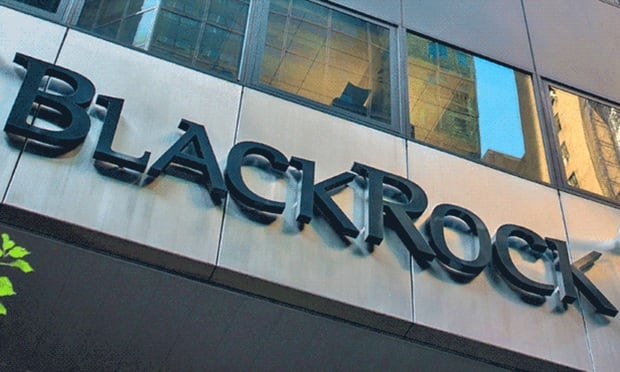The U.S. Chamber of Commerce disputes the notion that today’s retirees are receiving less income from employment-based plans than in years past. In an April white paper, it stated that in 1975, 19 percent of retiree income came from defined benefit and defined contribution plans. That number increased to 26 percent by 2009. It also found that the number of retirees receiving retirement income from employment-based plans grew from 20 percent of retirees in 1975 to 31 percent in 2009.
Today, 82 million people hold either DB, DC or IRA retirement accounts with a combined $17.9 trillion earmarked for retirement.
The Chamber recommends that to increase the number of plans available to workers and increase the amount of money being saved for retirement a few steps need to be taken.
- Encourage employers to create and maintain retirement plans. To do this, the Chamber recommends enhancing the small business tax credit for 401(k) startup costs by expanding it and making it refundable; eliminate top-heavy rules and simplify discrimination testing by creating an optional nondiscrimination test for average deferral percentage testing; facilitate the expansion of multiple employer plan designs; give small business a dedicated voice on the relevant advisory committees of the Department of Labor, Department of the Treasury and the Pension Benefit Guaranty Corp. It also recommends streamlining notice requirement and allowing for greater use of electronic disclosures; reforming multiemployer DB funding rules to prevent bankruptcy among small employers and allow plans to remain financially solvent on an ongoing basis; reform single-employer DB funding rules for greater predictability; clarify the hybrid plan rules and regulations; create greater transparency in accounting standards for employer-provided benefit plans; and avoid competition between government entities and private plan sponsors.
- Encourage greater individual savings by implementing automatic plan features and encouraging financial education for retirement. Help preserve retirement assets by permitting elective contributions following a hardship distribution and extending the rollover period for plan loans.
- Implement strategies to make retirement assets last. Encourage additional distribution options; address required minimum distribution rules; encourage employers to offer voluntary products, like retiree health savings and insurance products such as long-term care insurance; and eliminate barriers to phased retirement.
The Chamber encourages policymakers to maintain the success of the current system and ensure that employer-provided plans continue to play an important role in retirement security.
© Touchpoint Markets, All Rights Reserved. Request academic re-use from www.copyright.com. All other uses, submit a request to [email protected]. For more inforrmation visit Asset & Logo Licensing.






